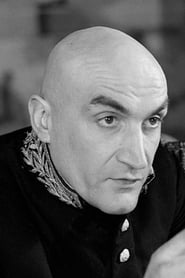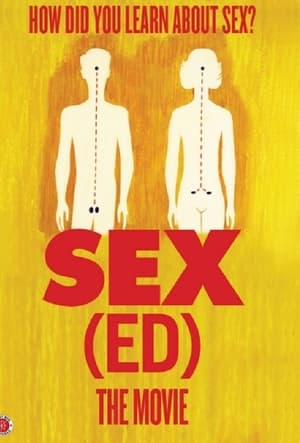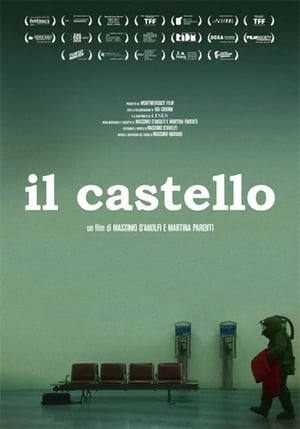

Meat Joy(1964)
"Meat Joy is an erotic rite — excessive, indulgent, a celebration of flesh as material: raw fish, chicken, sausages, wet paint, transparent plastic, ropes, brushes, paper scrap. Its propulsion is towards the ecstatic — shifting and turning among tenderness, wildness, precision, abandon; qualities that could at any moment be sensual, comic, joyous, repellent. Physical equivalences are enacted as a psychic imagistic stream, in which the layered elements mesh and gain intensity by the energy complement of the audience. The original performances became notorious and introduced a vision of the 'sacred erotic.' This video was converted from original film footage of three 1964 performances of Meat Joy at its first staged performance at the Festival de la Libre Expression, Paris, Dennison Hall, London, and Judson Church, New York City."
Movie: Meat Joy
Top 3 Billed Cast
Serving Woman

Meat Joy
HomePage
Overview
"Meat Joy is an erotic rite — excessive, indulgent, a celebration of flesh as material: raw fish, chicken, sausages, wet paint, transparent plastic, ropes, brushes, paper scrap. Its propulsion is towards the ecstatic — shifting and turning among tenderness, wildness, precision, abandon; qualities that could at any moment be sensual, comic, joyous, repellent. Physical equivalences are enacted as a psychic imagistic stream, in which the layered elements mesh and gain intensity by the energy complement of the audience. The original performances became notorious and introduced a vision of the 'sacred erotic.' This video was converted from original film footage of three 1964 performances of Meat Joy at its first staged performance at the Festival de la Libre Expression, Paris, Dennison Hall, London, and Judson Church, New York City."
Release Date
1964-05-29
Average
6.6
Rating:
3.3 startsTagline
Genres
Languages:
FrançaisEnglishKeywords
Recommendations Movies
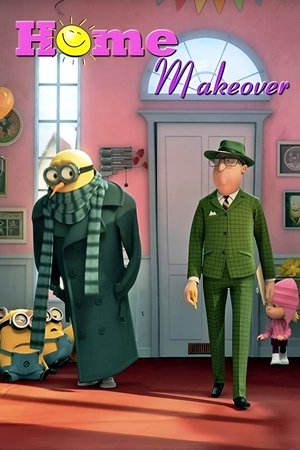 6.8
6.8Home Makeover(en)
When a social worker visits Gru’s house to assess its suitability for children, chaos ensues. Margo, Edith, and Agnes, along with the ever-mischievous Minions, scramble to give the home a makeover in record time. Their attempts to create a warm and inviting environment quickly spiral into hilarity as the Minions’ unorthodox methods lead to outrageous results. This short captures the Minions’ inventive, albeit chaotic, solutions, blending humor with heartwarming moments of teamwork.
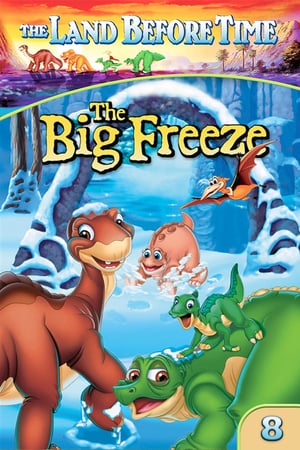 6.1
6.1The Land Before Time VIII: The Big Freeze(en)
When the dinosaur families get trapped in a valley by an ice storm, one family of "spike tail" dinosaurs volunteers to leave since they consume more food than the others. Meanwhile, the young dinos and a new adult dinosaur named Mr. Thicknose, head out to bring back their friend Spike, who has left his friends to be with members of his own species.
 7.7
7.7La Terra Trema(it)
In rural Sicily, the fishermen live at the mercy of the greedy wholesalers. One family risks everything to buy their own boat and operate independently.
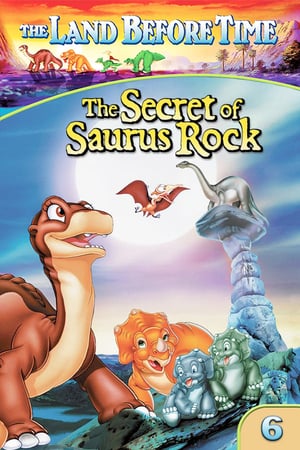 6.2
6.2The Land Before Time VI: The Secret of Saurus Rock(en)
Legends claim that Saurus Rock keeps bad luck out of the Great Valley. Is it really true? Could the mysterious Longneck named Doc be the famous Lone Dinosaur, who can defeat a Sharptooth with his lasso-like tail To find out, Littlefoot and company must cross the great Valley and face a dangerous Sharptooth themselves!
 5.0
5.0Air Bud: Golden Receiver(en)
Josh and Buddy move from basketball to football in this first of several sequels to the original Air Bud.
 9.9
9.9The Way to the Heart(en)
Ava, an award-winning chef at a big-city restaurant, has lost her spark. Her boss sends her out to find herself to save her menu and her job. She returns home and finds little to inspire her, but when she reunites with her childhood friend Logan, Ava has to get her head out of the clouds and her foot out of her mouth to rediscover her passion for food.
 6.9
6.9Barbie in Rock 'N Royals(en)
When royal Princess Courtney trades places with famous rock star Erika, two worlds collide while both learn to appreciate new friends and experiences.
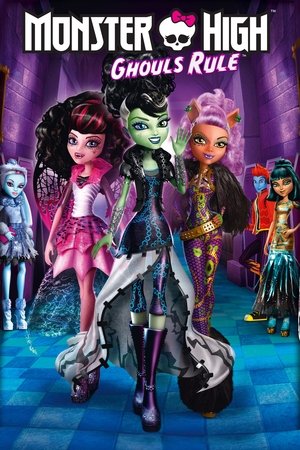 6.9
6.9Monster High: Ghouls Rule(en)
Monster High: Ghouls Rule unearths an old conflict between "Normies" and monsters - and things are about to get scary! For years, students at Monster High were warned that Halloween was a night to stay inside and avoid conflict at all costs. But Frankie and her friends discover that ghouls and "Normies" once loved to spend the holiday together! The ghouls decide to turn back the clock and use the night to celebrate their individuality and show that it's okay to "Be Yourself. Be Unique. Be a Monster!"
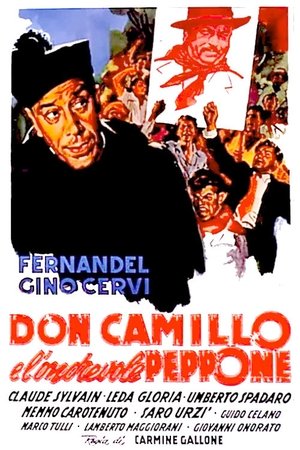 7.2
7.2Don Camillo's Last Round(it)
Bewildered, Don Camillo learns that Peppone intends to stand for parliament. Determined to thwart his ambitions, the good priest, ignoring the recommendations of the Lord, decides to campaign against him.
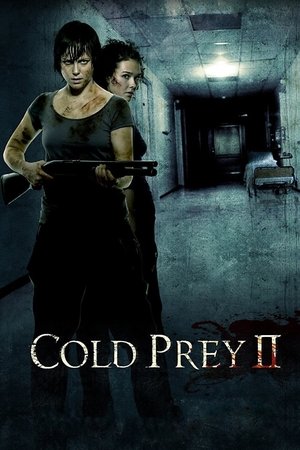 6.3
6.3Cold Prey II(no)
After surviving the events in the Jotunheimen mountains in which four of her friends were murdered, the badly injured Jannicke is brought to the local hospital. But when she wakes up, the building is dark and deserted... and she soon realizes that her nightmare isn’t over yet.
 6.2
6.2The Land Before Time VII: The Stone of Cold Fire(en)
Littlefoot and his pals set off in search of a "stone of cold fire" that fell from the night sky. Since he's the only one who has seen it though, nobody really believes him. Petrie's uncle Pterano offers support only because he thinks the stone has secret powers and wants it for himself but conceals this from the rest. The young dinos must figure out the truth, before Pterano gets the power.
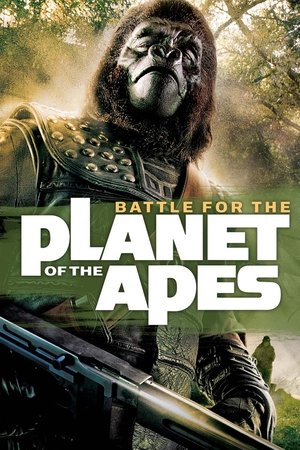 5.7
5.7Battle for the Planet of the Apes(en)
The fifth and final episode in the Planet of the Apes series. After the collapse of human civilization, a community of intelligent apes led by Caesar lives in harmony with a group of humans. Gorilla General Aldo tries to cause an ape civil war and a community of human mutants who live beneath a destroyed city try to conquer those whom they perceive as enemies. All leading to the finale.
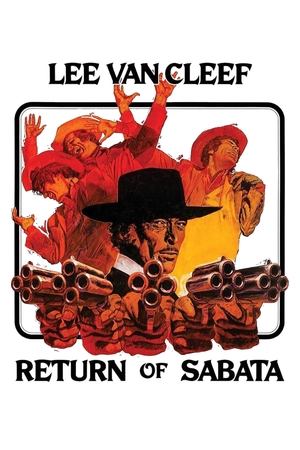 6.0
6.0Return of Sabata(it)
Master gunslinger Sabata arrives in Hobsonville, a town completely owned by McIntock, a robber baron who is taxing the inhabitants for the cost of future improvements to the town. Or that's what McIntock says he'll do with the money...
 6.9
6.9Three Little Pigs(en)
The two pigs building houses of hay and sticks scoff at their brother, building the brick house. But when the wolf comes around and blows their houses down (after trickery like dressing as a foundling sheep fails), they run to their brother's house. And throughout, they sing the classic song, "Who's Afraid of the Big Bad Wolf?".
 6.2
6.2The Land Before Time III: The Time of the Great Giving(en)
When a sudden shortage of water threatens all life in the great valley, The gang of young dinosaur must cooperate with a group of bullies to make a risky journey outside the valley and find the cause.
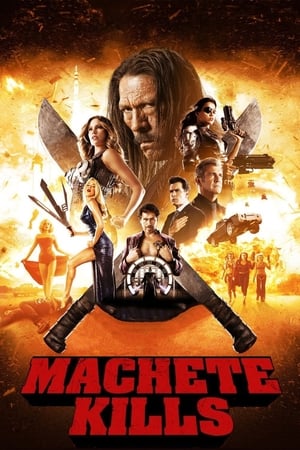 5.6
5.6Machete Kills(en)
Ex-Federale agent Machete is recruited by the President of the United States for a mission which would be impossible for any mortal man – he must take down a madman revolutionary and an eccentric billionaire arms dealer who has hatched a plan to spread war and anarchy across the planet.
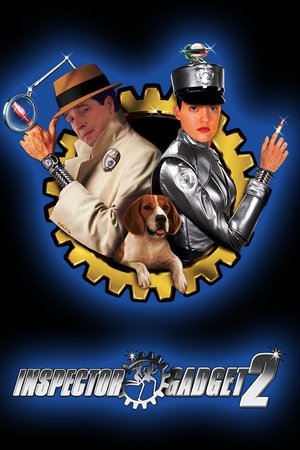 4.1
4.1Inspector Gadget 2(en)
After capturing Claw, all the criminals have gone into hiding. Until Claw escapes! Gadget thinks he will get the case, but everyone else has other plans. A new version of the Gadget project is unveiled in the form of G2. Strict orders are given for Gadget to stay away from G2 and every crime scene, but Gadget feels he is needed more than anyone.
 9.2
9.2Hanna-Barbera's 50th(en)
The special is hosted by Tony Danza and Annie Potts celebrating 50 years of William Hanna and Joseph Barbera's partnership in animation. This is the first animated project to be broadcast in Dolby Surround sound system.
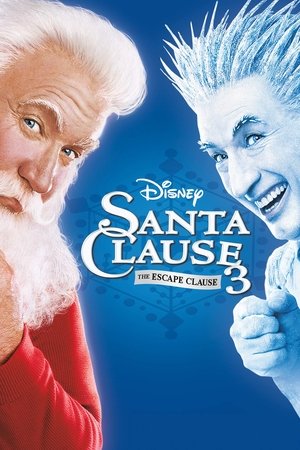 5.6
5.6The Santa Clause 3: The Escape Clause(en)
Now that Santa and Mrs. Claus have the North Pole running smoothly, the Counsel of Legendary Figures has called an emergency meeting on Christmas Eve! The evil Jack Frost has been making trouble, looking to take over the holiday! So he launches a plan to sabotage the toy factory and compel Scott to invoke the little-known Escape Clause and wish he'd never become Santa.
Similar Movies
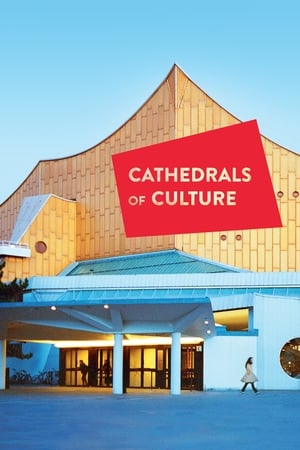 5.7
5.7Cathedrals of Culture(en)
"If buildings could talk, what would they say about us?" CATHEDRALS OF CULTURE offers six startling responses. This 3D film project about the soul of buildings allows six iconic and very different buildings to speak for themselves, examining human life from the unblinking perspective of a manmade structure. Six acclaimed filmmakers bring their own visual style and artistic approach to the project. Buildings, they show us, are material manifestations of human thought and action: the Berlin Philharmonic, an icon of modernity; the National Library of Russia, a kingdom of thoughts; Halden Prison, the world's most humane prison; the Salk Institute, an institute for breakthrough science; the Oslo Opera House, a futuristic symbiosis of art and life; and the Centre Pompidou, a modern culture machine. CATHEDRALS OF CULTURE explores how each of these landmarks reflects our culture and guards our collective memory.
 0.0
0.0She Is the Other Gaze(de)
Every encounter with an image, every interaction searches for its own form. She is the other gaze is a collaboration with five female visual artists of an older generation who have been part of the Viennese art scene since the 1970s and engaged in the women's movement. In dialogue with the filmmaker Renate Bertlmann, Linda Christanell, Lore Heuermann, Karin Mack and Margot Pilz share their early works and artistic practices. They remember how their self-determination evolved between artistic ambitions, economic constraints, adaptation and resistance to the prevailing patriarchal social structures. In their role as feminist pioneers, the protagonists are a great influence on the contemporary art scene and the self-understanding of younger artists today. With their voices and narratives, they become collaborators passing on feminist thinking and artistic experiences.
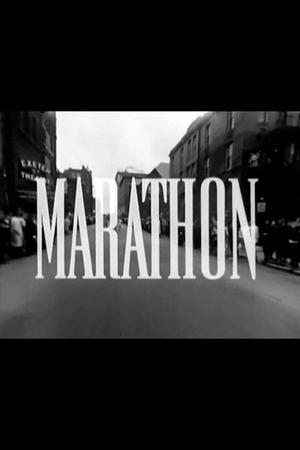 0.0
0.0Marathon(en)
Started as a class project in what was likely the first filmmaking course ever taught at Harvard, Marathon documents the running of the 1964 Boston Marathon.
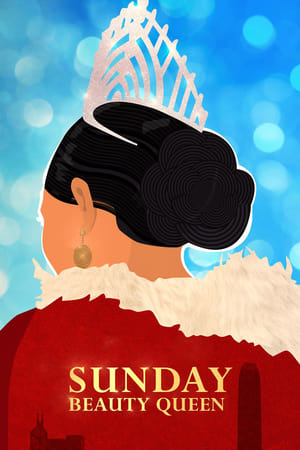 8.7
8.7Sunday Beauty Queen(tl)
Beneath Hong Kong's glittering facade, Filipina domestic helpers work in relative anonymity and for near-slave wages. In a beauty pageant like no other, five helpers give themselves makeovers for a day and gleefully reclaim their dignity.
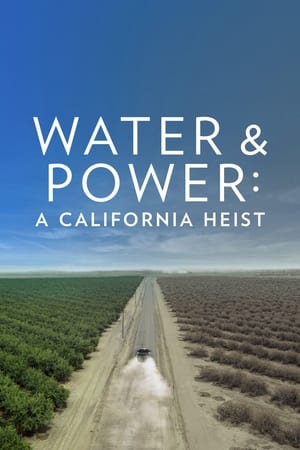 7.2
7.2Water & Power: A California Heist(en)
Uncovering the profiteering of the state's water barons and how they affect farmers, average citizens, and unincorporated towns throughout California.
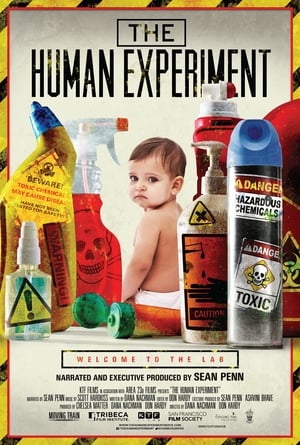 6.5
6.5The Human Experiment(en)
A documentary that explores the potential dangers of toxic chemicals in consumer products and the recent spike in unexplained health phenomena.
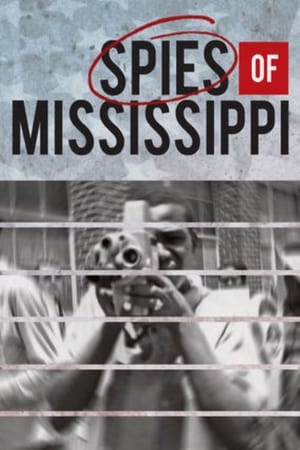 7.3
7.3Spies of Mississippi(en)
Spies of Mississippi tells the story of a secret spy agency formed by the state of Mississippi to preserve segregation and maintain white supremacy. The anti-civil rights organization was hidden in plain sight in an unassuming office in the Mississippi State Capitol. Funded with taxpayer dollars and granted extraordinary latitude to carry out its mission, the Commission evolved from a propaganda machine into a full blown spy operation. How do we know this is true? The Commission itself tells us in more than 146,000 pages of files preserved by the State. This wealth of first person primary historical material guides us through one of the most fascinating and yet little known stories of America's quest for Civil Rights.
 5.8
5.8Prater(de)
Vienna’s Prater is an amusement park and a desire machine. No mechanical invention, no novel idea or sensational innovation could escape incorporation into the Prater. The diverse story-telling in Ulrike Ottinger’s film “Prater” transforms this place of sensations into a modern cinema of attractions. The Prater’s history from the beginning to the present is told by its protagonists and those who have documented it, including contemporary cinematic images of the Prater, interviews with carnies, commentary by Austrians and visitors from abroad, film quotes, and photographic and written documentary materials. The meaning of the Prater, its status as a place of technological innovation, and its role as a cultural medium are reflected in texts by Elfriede Jelinek, Josef von Sternberg, Erich Kästner and Elias Canetti, as well as in music devoted to this amusement venue throughout the course of its history.
Site of Sites(es)
Filmed with irony, the film describes brief moments in the lives of tourists, workers, and local vacationers around the construction of an artificial beach somewhere in the Caribbean.
 5.7
5.7Nepal Forever(ru)
This film features two Russian communist politicians. Being committed Leninists; both of them have served several terms as city council members. Their horizons are broad, but what concerns them the most is the future of global communism. At one point, by decree of fate, their booming activities begin to expand far beyond the boundaries of their native St. Petersburg and the Russian Federation. However, the future of global communism remains unclear. What remains clear is the fact that in the modern world the tail still wags the dog. A documentary comedy.
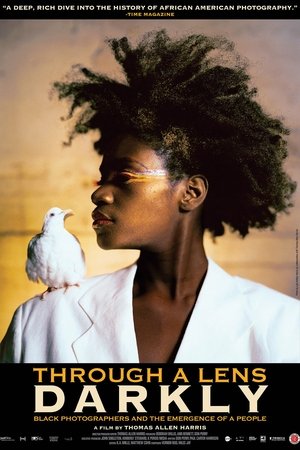 6.2
6.2Through a Lens Darkly: Black Photographers and the Emergence of a People(en)
The film explores the role of photography, since its rudimentary beginnings in the 1840s, in shaping the identity, aspirations, and social emergence of African Americans from slavery to the present. The dramatic arch is developed as a visual narrative that flows through the past 160 years to reveal black photography as an instrument for social change, an African American point-of-view on American history, and a particularized aesthetic vision.
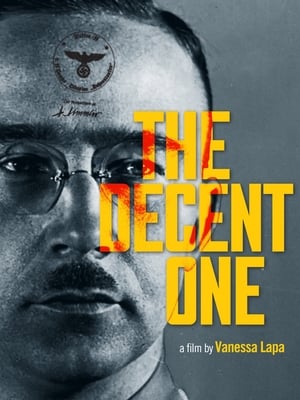 6.4
6.4The Decent One(de)
Through previously undiscovered private letters, photos and diaries that were found in the Himmler family house in 1945, the "The Decent One" exposes a unique and at times uncomfortable access to the life and mind of the merciless "Architect of the Final Solution" Heinrich Himmler.
 6.7
6.7Startup.com(en)
Friends since high school, 20-somethings Kaleil Isaza Tuzman and Tom Herman have an idea: a Web site for people to conduct business with municipal governments. This documentary tracks the rise and fall of govWorks.com from May of 1999 to December of 2000, and the trials the business brings to the relationship of these best friends. Kaleil raises the money, Tom's the technical chief. A third partner wants a buy out; girlfriends come and go; Tom's daughter needs attention. And always the need for cash and for improving the site. Venture capital comes in by the millions. Kaleil is on C-SPAN, CNN, and magazine covers. Will the business or the friendship crash first?
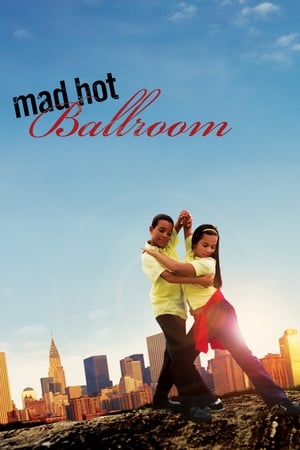 6.8
6.8Mad Hot Ballroom(en)
Eleven-year-old New York City public school kids journey into the world of ballroom dancing and reveal pieces of themselves and their world along the way. Told from their candid, sometimes humorous perspectives, these kids are transformed, from reluctant participants to determined competitors, from typical urban kids to "ladies and gentlemen," on their way to try to compete in the final citywide competition.
In Country(en)
War is Hell. Why would anyone want to spend their weekends there? Deep in the Oregon woods, the heat of a reenacted Vietnam battle sheds light on America's complicated relationship with war and its veterans.
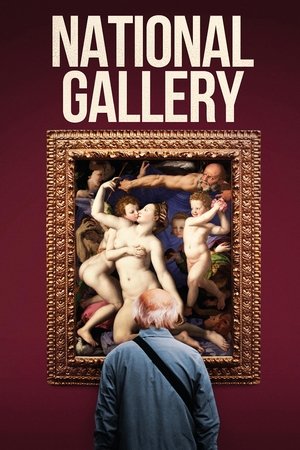 7.3
7.3National Gallery(en)
A portrait of the day-to-day operations of the National Gallery of London, that reveals the role of the employees and the experiences of the Gallery's visitors. The film portrays the role of the curators and conservators; the education, scientific, and conservation departments; and the audience of all kinds of people who come to experience it.
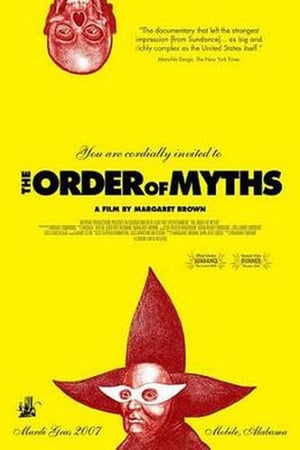 6.0
6.0The Order of Myths(en)
In 2007 Mobile, Alabama, Mardi Gras is celebrated... and complicated. Following a cast of characters, parades, and parties across an enduring color line, we see that beneath the surface of pageantry lies something else altogether.
 7.3
7.3Chuy, The Wolf Man(en)
A biography movie directed by Eva Aridjis with Jesus Aceves. Jesus 'Chuy' Aceves and a dozen living members of his extended family suffer from the very rare condition of congenital hypertrichosis.

